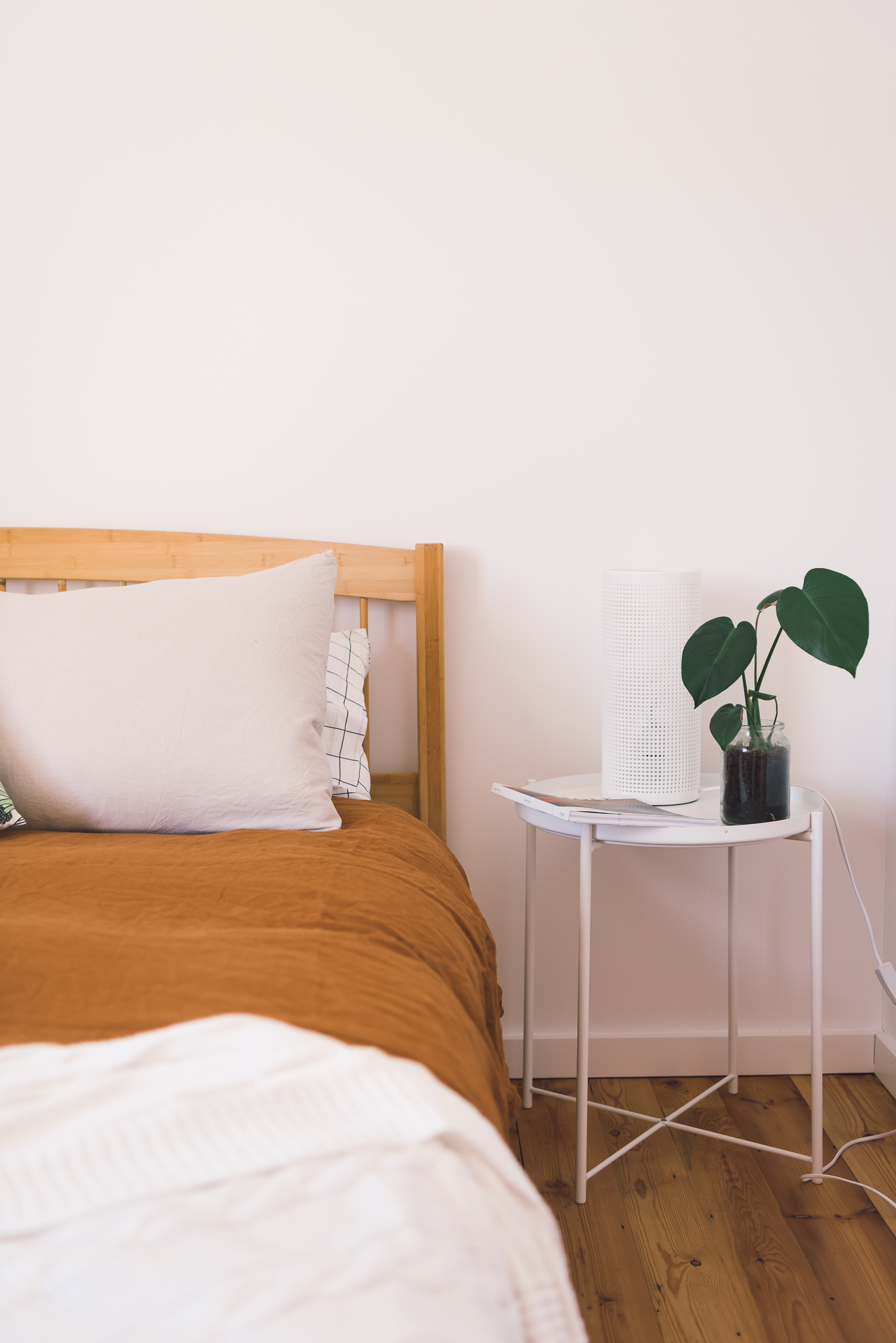Tanya McKenna, Perth WA
Words by Elisha Kennedy
Images by Dion Robeson
In all aspects of her life, sustainability consultant Tanya McKenna is driven by the notion of growth - from her career to her gardens. Having recently finished building what she calls her "Nature-Inspired Eco House", Tanya's home is an inspiring extension of her practice. We speak with her about travelling for perspective and share in some of the joys and heartaches of building an eco-friendly home.
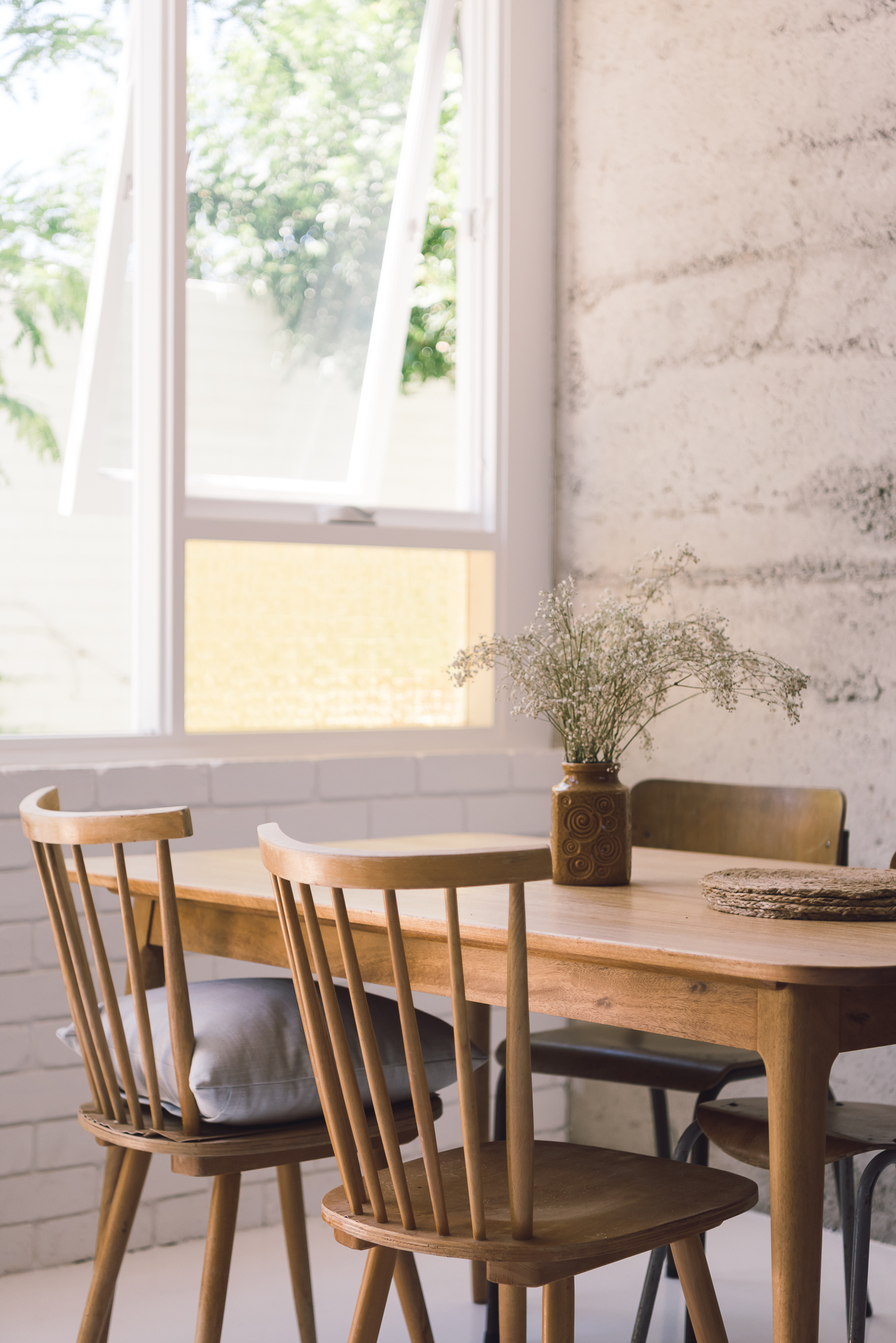

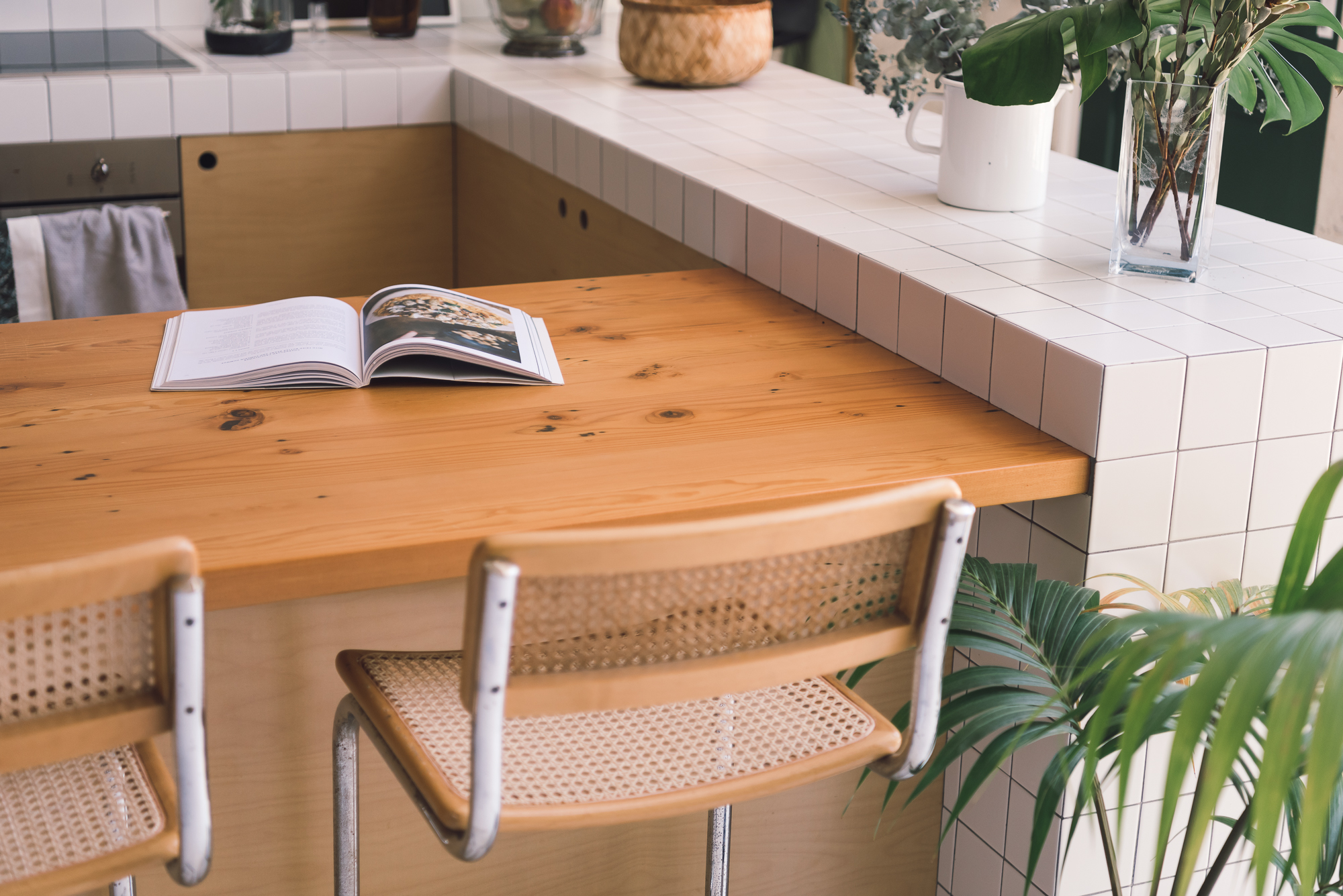 Can you tell us about your work as a sustainability consultant and the journey that led you to working in this field?
Can you tell us about your work as a sustainability consultant and the journey that led you to working in this field?
I finished high school not really knowing exactly what I wanted to do, but I wanted to go to university. So I took my sister's advice and started with an Arts degree. I liked uni but after I started an internship at a local magazine, I very quickly realised that editorial journalism wasn't my thing. It wasn't until I was reading the newspaper in Bali one day where a story triggered some passion for the environment and the world of work that would be ahead in environmental management. I made the decision to transfer to a science degree majoring in environmental management and everything felt right. After working in fashion and cosmetics through uni, I started searching for environmental internship opportunities before landing in a FIFO role as an Environmental Vacation Student on a nickel mine in the east Kimberley. It was a far cry from reality for me. After I saved some money I applied for an exchange program through my university with the intention of moving to Copenhagen to study for six months. I got accepted so Peter and I headed off in July of 2010 for about 7 - 8 months, studying, living and travelling. It was in Copenhagen that I was really exposed to amazing architecture and a city with so much heightened focus on sustainability, carbon abatement and design for people. It was hugely inspiring and life-changing. We lived in a small apartment, rode bikes everywhere and travelled Europe throughout the seasons. After we arrived home, I landed my first real job as a Graduate Environmental Advisor for a small environmental consultancy while I was finishing my degree. Being Western Australia, a majority of the projects the consultancy worked on were mining related. Most environmental consultants in Western Australia have had some interaction with mining in their time - it's just the way it is. I stayed working at that consultancy for about two and a half years before moving into State Government for three years working on major mining and infrastructure projects and environmental policy. After three years I wanted to get back into the private industry so I took a job with another environmental consultancy where I worked on some really interesting water sustainability and biodiversity projects for about 12 months. It wasn't until a contact of mine needed some additional support at a mining company that he got in touch and I went out on my own, providing my own consulting services to his company in environmental management and sustainability. I love it. I have more flexibility working for myself but I get up everyday to go and work with a really progressive, environmentally conscious mining company. Mining will always have an impact, but it's how those impacts are managed, and how the company gives back to the community that makes it a socially responsible company. It's by far the best thing I ever did. On top of all of that, Peter and I have renovated a house and an apartment, before spending nearly three years building our eco house - the Nature Inspired Eco House. So my career hasn't just involved working as an employee but working on our own side projects - that's probably where most of our passion goes. We finished NIEH in December, and in April we decided to do another quick renovation, this time on a studio apartment to turn a 70s unit into an Airbnb studio. What we thought would take 1 month took 4, all done at night and on weekends. Now I also run an Airbnb as well as work as a consultant. 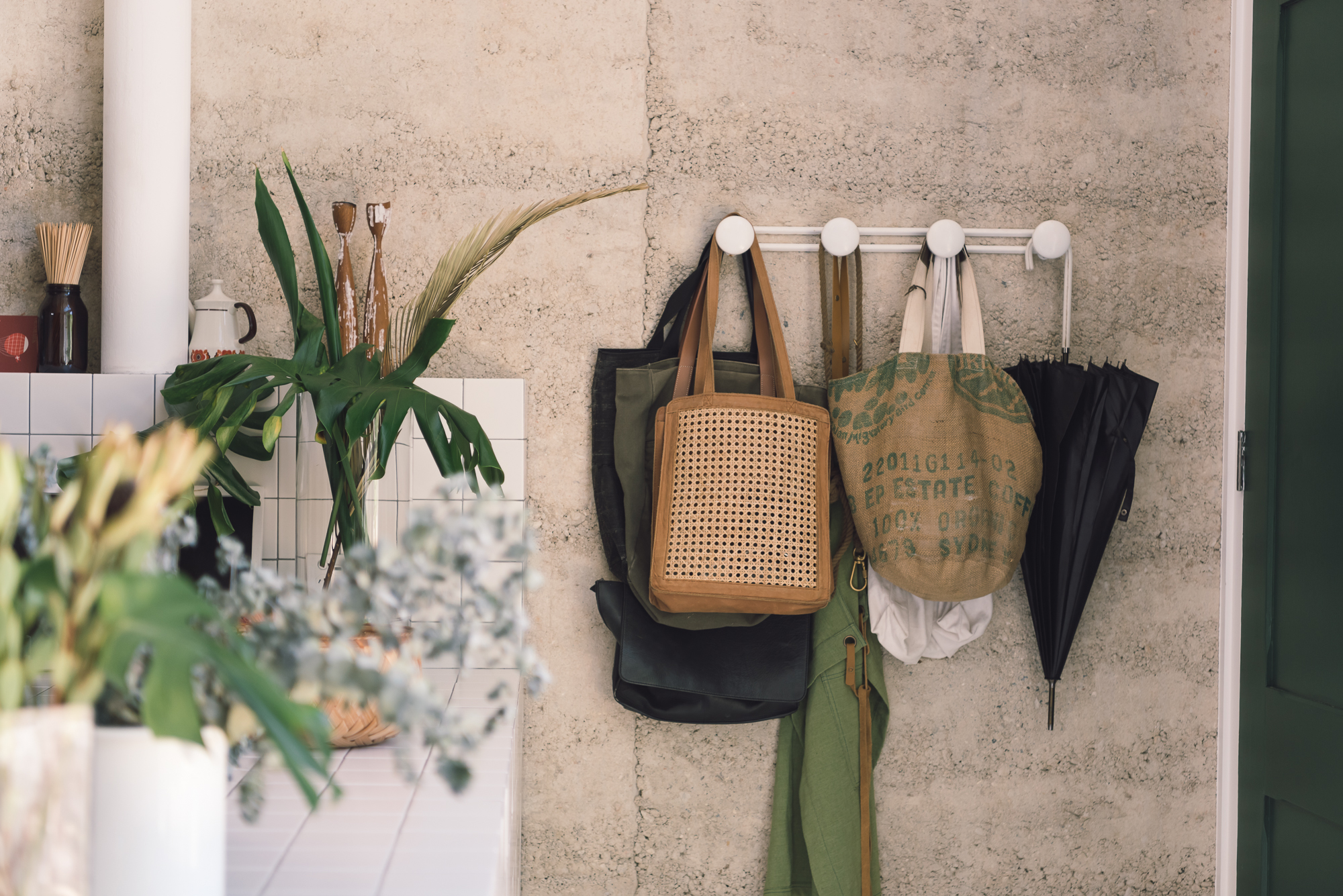 Can you share with us something you are currently learning about/are interested in?
Can you share with us something you are currently learning about/are interested in?
At work a majority of my time is focused on sustainable development from a corporate perspective - looking at how we can integrate development with the community, engage with Traditional Owners, offset carbon emissions and minimise impact on biodiversity. My biggest interest though, is in green architecture and interiors, particularly the incorporation of nature into the urban environment. That's a big reason behind the Nature Inspired Eco House, with greenery on the rooftop, the courtyard and throughout the interior. Integrating greenery into the urban environment isn't just about aesthetic, it's also about internal well being of a space for people, improving air quality and the calming presence of greenery. In a few months I'm heading to Singapore and a big part of my trip will be admiring their green architectural structures. Singapore strives to be a "city in a forest" because they know how important greenery is to people and liveability. That's something I will always be interested in..
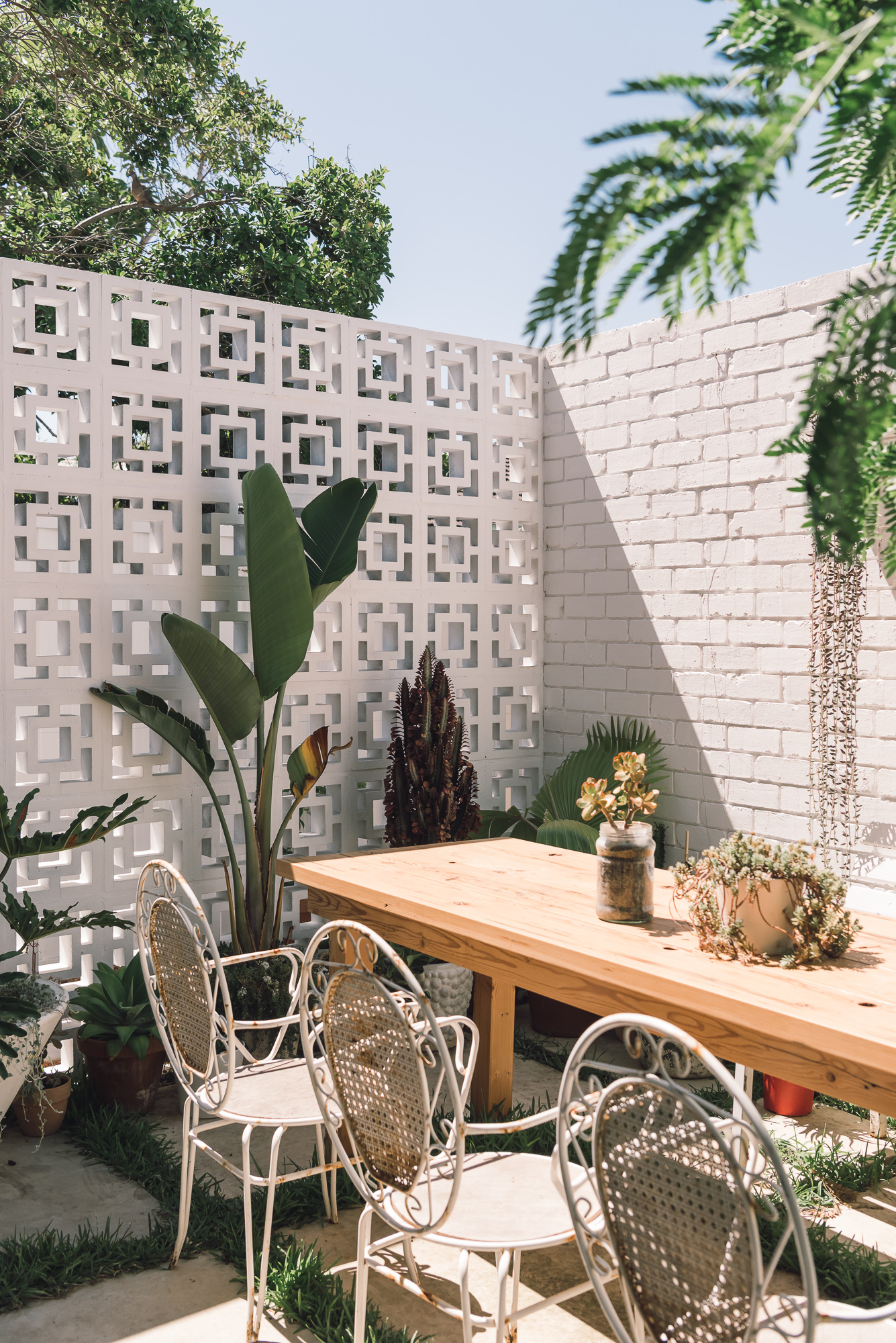 __
__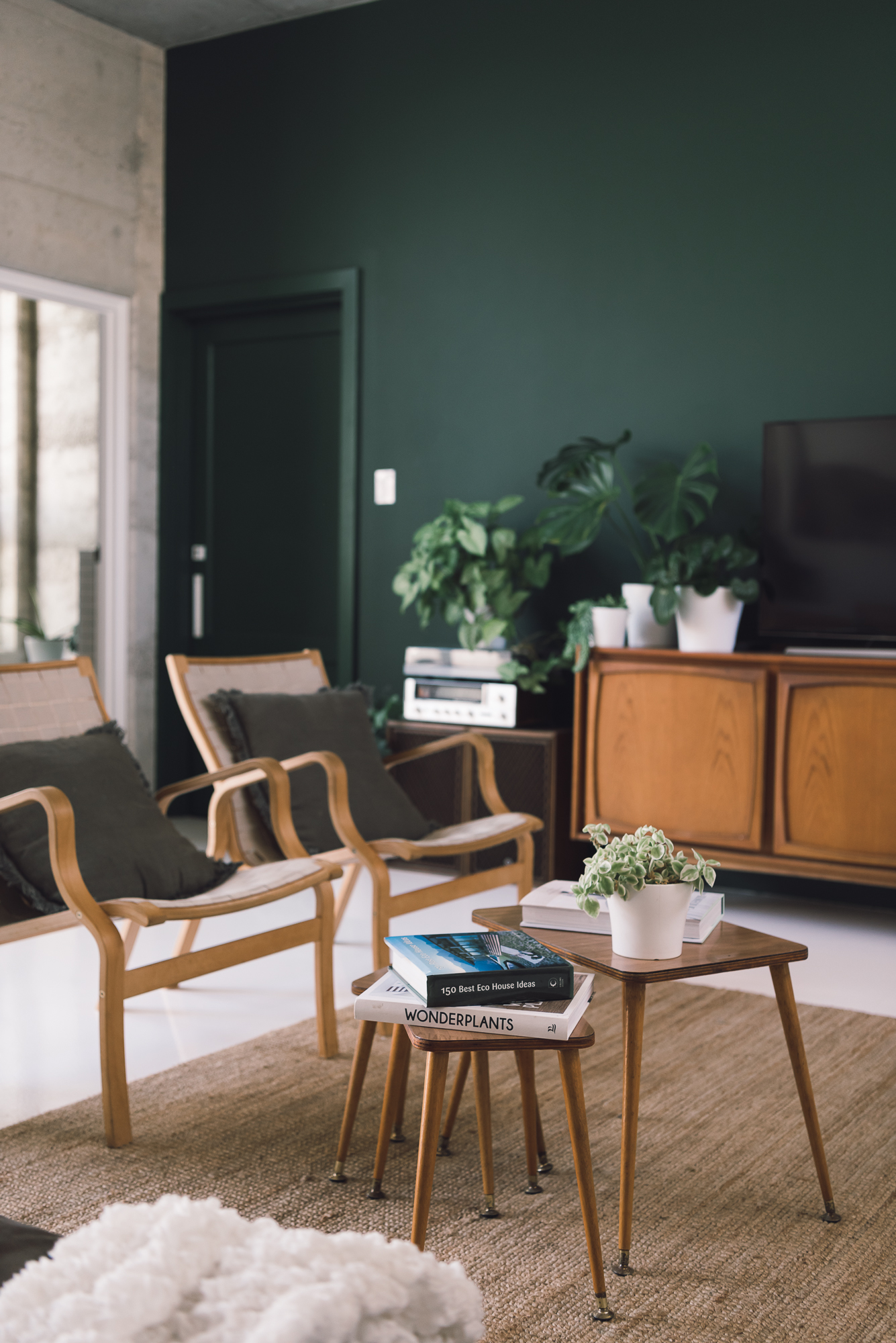
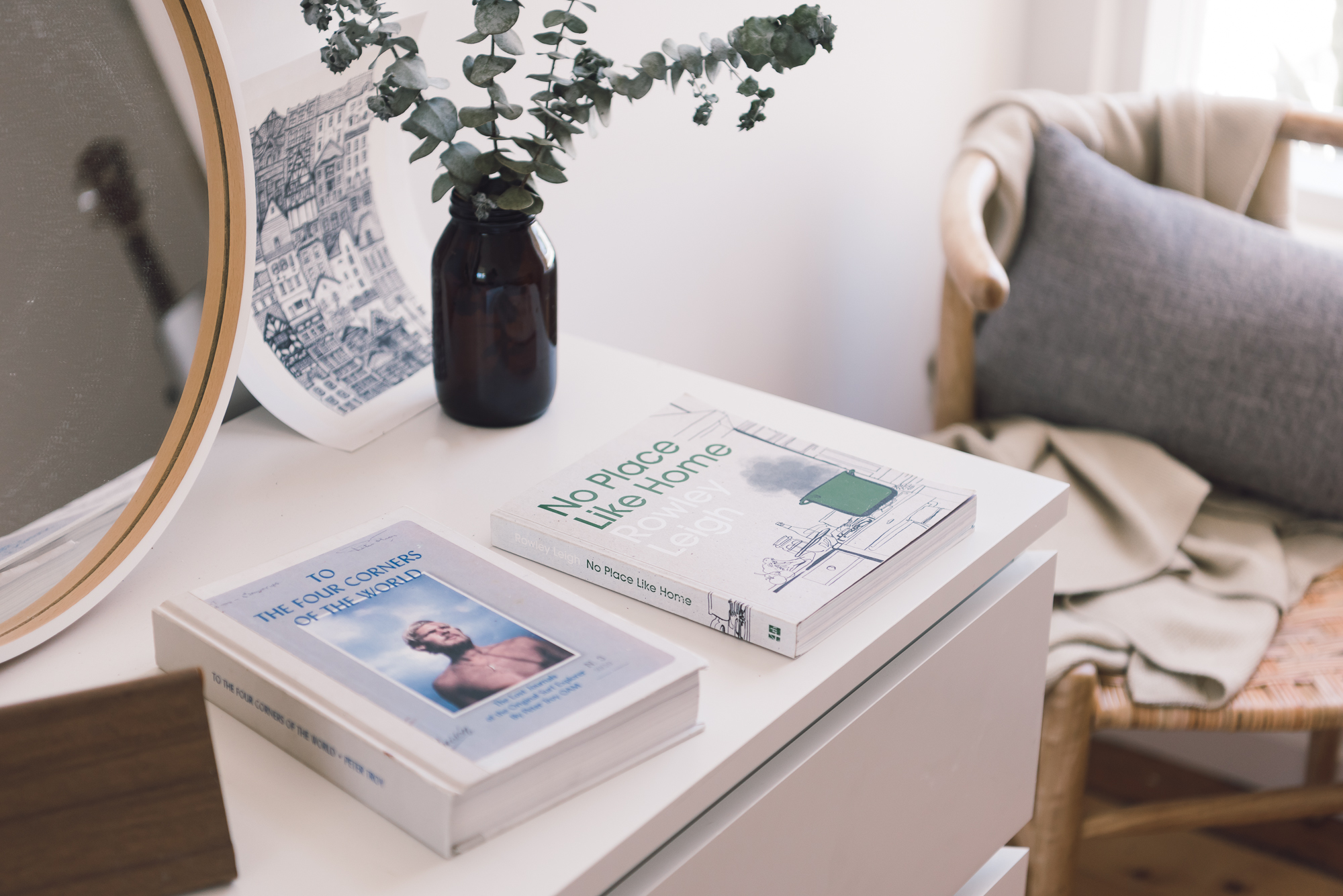
Integrating greenery into the urban environment isn't just about aesthetic, it's also about internal well being of a space for people, improving air quality and the calming presence of greenery. In a few months I'm heading to Singapore and a big part of my trip will be admiring their green architectural structures. Singapore strives to be a "city in a forest" because they know how important greenery is to people and liveability. That's something I will always be interested in..
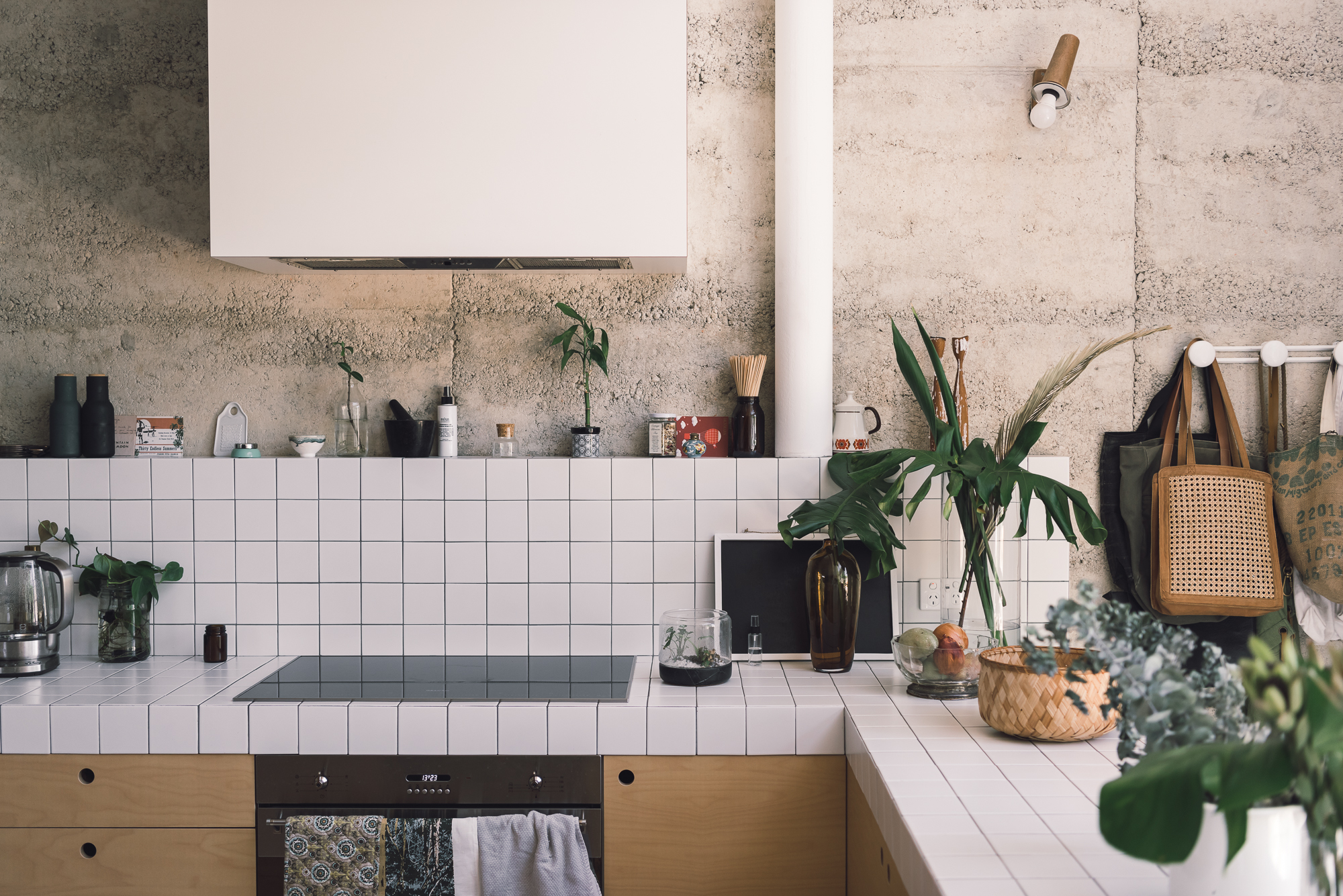 What are some of the things in your home that bring you joy?
What are some of the things in your home that bring you joy?
I always feel relaxed at home. Overall it's a very inviting, calming space. I love the forest green and the interior greenery, but there's so much more to it. The differing textures, from matte floors to rattan chairs and lights to vintage leather to white grid mesh. The open feeling, the mild temperatures, the baltic pine flooring.... I think also the fact that it's a huge reflection of us and what we stand for, what we believe in. And the effort and love that went into it. Every single corner of every room was thought about in so much detail, we're just super grateful for the opportunity and chuffed in ourselves that we were able to do this... It brings me joy that we were able to set a really good example of an eco yet designer inner city home that is not only sustainable but hugely desirable.
 __
__
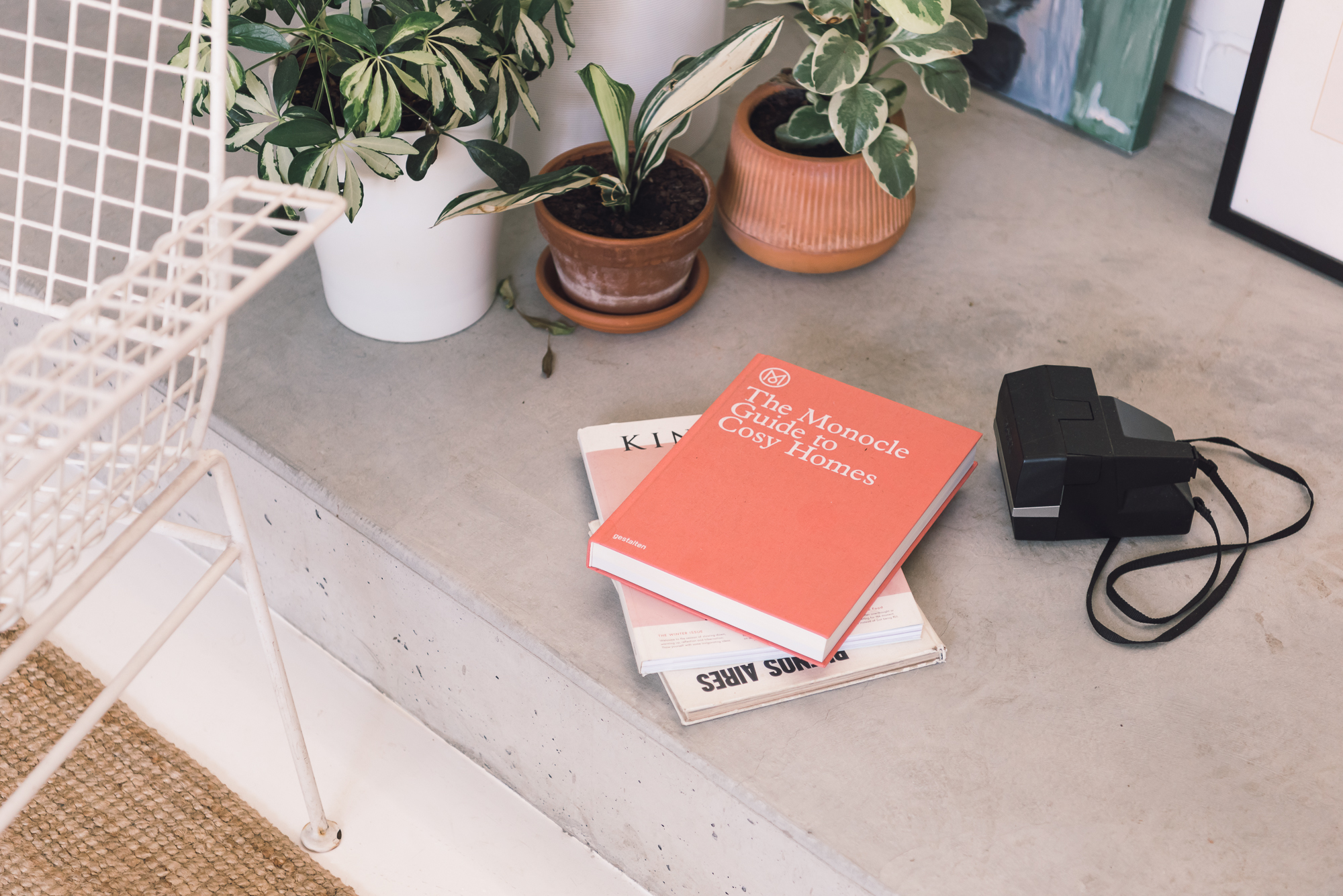
Every single corner of every room was thought about in so much detail, we're just super grateful for the opportunity and chuffed in ourselves that we were able to do this... It brings me joy that we were able to set a really good example of an eco yet designer inner city home that is not only sustainable but hugely desirable.
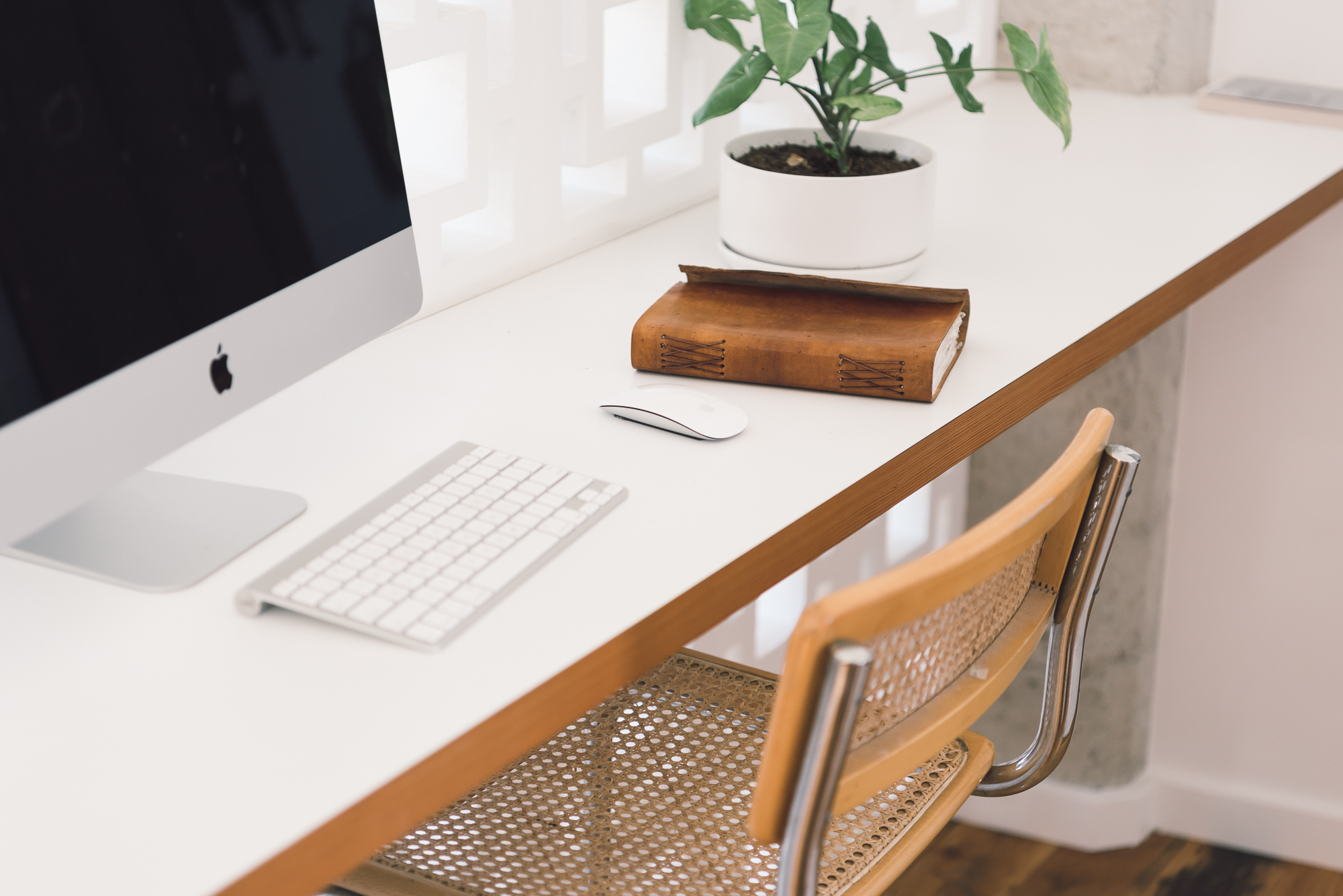 What were some of the important considerations for you in the build of your home?
What were some of the important considerations for you in the build of your home?
I'd always dreamt of building a home with a green roof, particularly an inner city home. Inspired by green architecture and informed by things I'd seen and learnt during my studies, I wanted to demonstrate that greener buildings are possible. Working with my sister Carla, an incredible eco-minded Architect, this was the one feature that was a must when it came to the design. Other considerations were location - Peter and I love living inner city and we wanted something semi-private, in a street with lots of tree canopy that's walking distance to lots of our favourite places, and in an area that had huge potential. We found it! We wanted the house to be as eco-friendly as possible, in terms of the construction materials, but also in the way that it operates, so we were adamant that we didn't want air conditioning or a gas connection to the home. I wanted lots of white and we were super keen on tiled benchtops throughout, with forest green boldness and lots of greenery in the interior. From there, we worked with Carla and everything eventually fell into place.
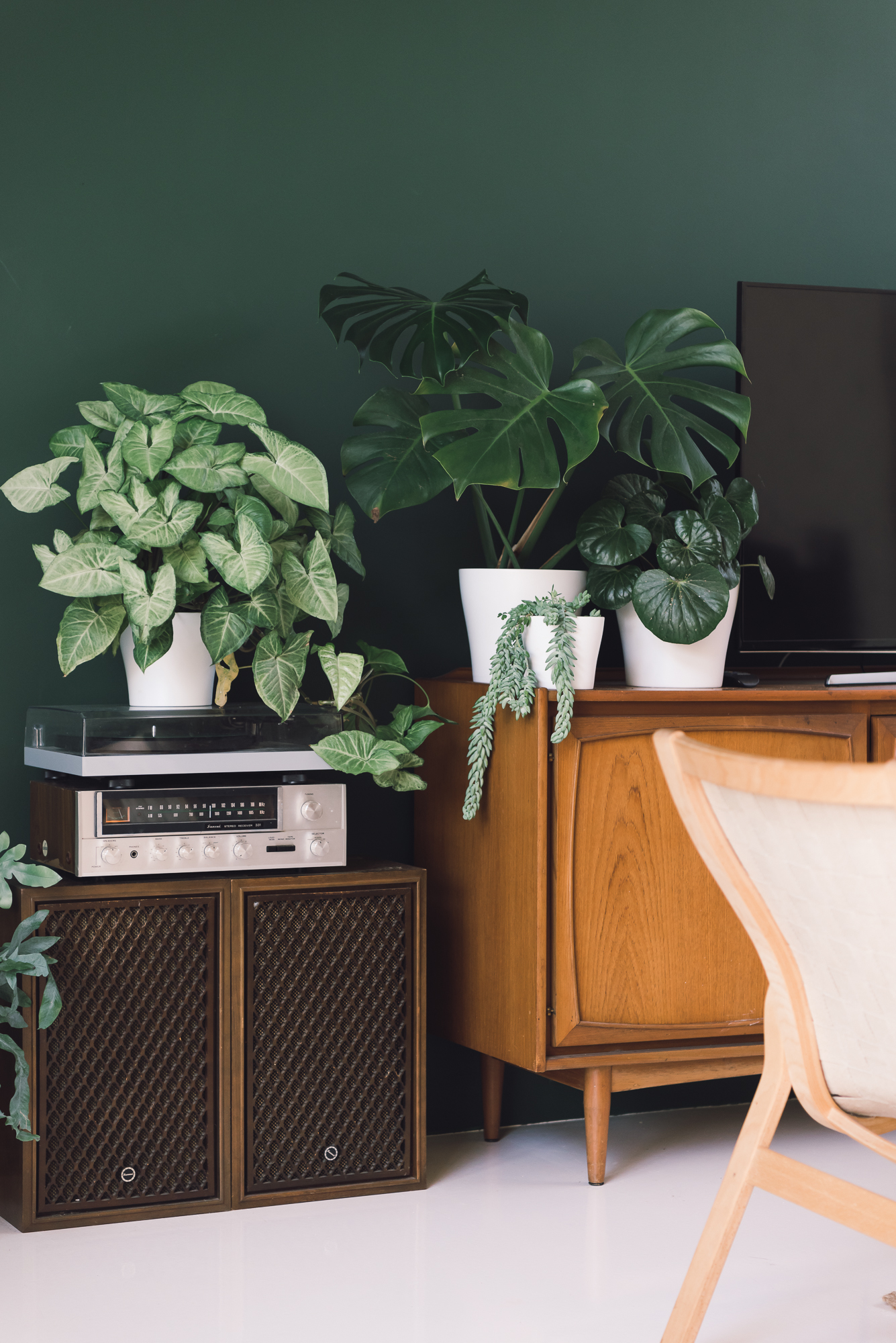
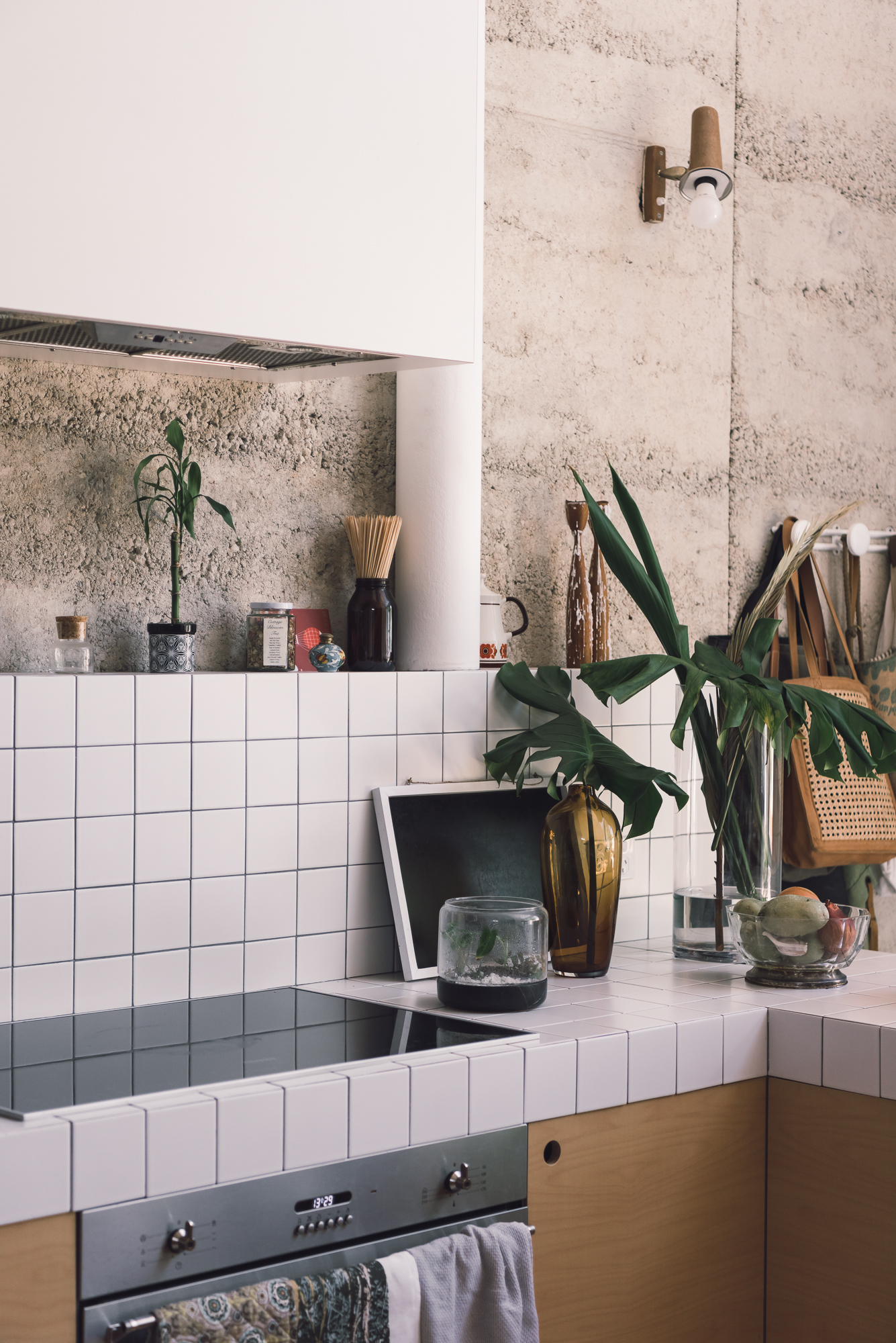
What were some of the challenges you faced in building a sustainably-minded home?
Working with Carla really took a lot of the pressure off because she knew what she was doing, and together with our builder, we were all really collaborative and supportive. I think for me there's a bit of stress in time, sometimes it just feels like there's not enough time to get everything done. But generally, the biggest challenges were probably the green roof and the involvement that we had with the project from the start, from collecting recycled window frames to searching for vintage baths on Gumtree, to dealing with the green roof landscaping company and finding solutions to tight access issues. Looking back, nothing really seemed like too much of a hassle, we were just really determined to make it work. However, it didn't come easy. Using recycled materials is tricky. Firstly, finding the right materials (like finding a needle in a haystack at times). Secondly, finding a builder, and relevant tradesmen, that want to work with obscure design or alternative materials, is also not easy. We made it work with so much help from Carla who has done several similar sustainable building projects, and we just did a lot of it ourselves. Peter is also really talented and he has an attitude of "nothing is impossible". We had these really beautiful old baltic pine floorboards which had come from an old town hall in Melbourne and when it came time to reveal them to our builder, he was certain they were the in the worst condition he'd ever seen (and he was optimistic!). With floorboards like this so rare, we decided to give restoring them a go ourselves. It took a whole weekend (days and nights) plus another weekend with one of my Dad's employees who was an experienced woodworker from England. We eventually cut all the boards down into workable floorboards and had them laid into a random pattern for a rustic yet refined look. For us, this was hugely successful because not only did it work, but it meant that those floorboards weren't going to waste. One of the keys to doing something like this is having a vision, but also having some flexibility. Getting buy-in from your trades is a big thing - bringing them along the journey of what you are trying to achieve and having them be blown away by the final finish which in many cases, they just couldn't foresee. It's fun. But having the right people from the start, i.e, your designer, your builder, your partner, is absolute key. 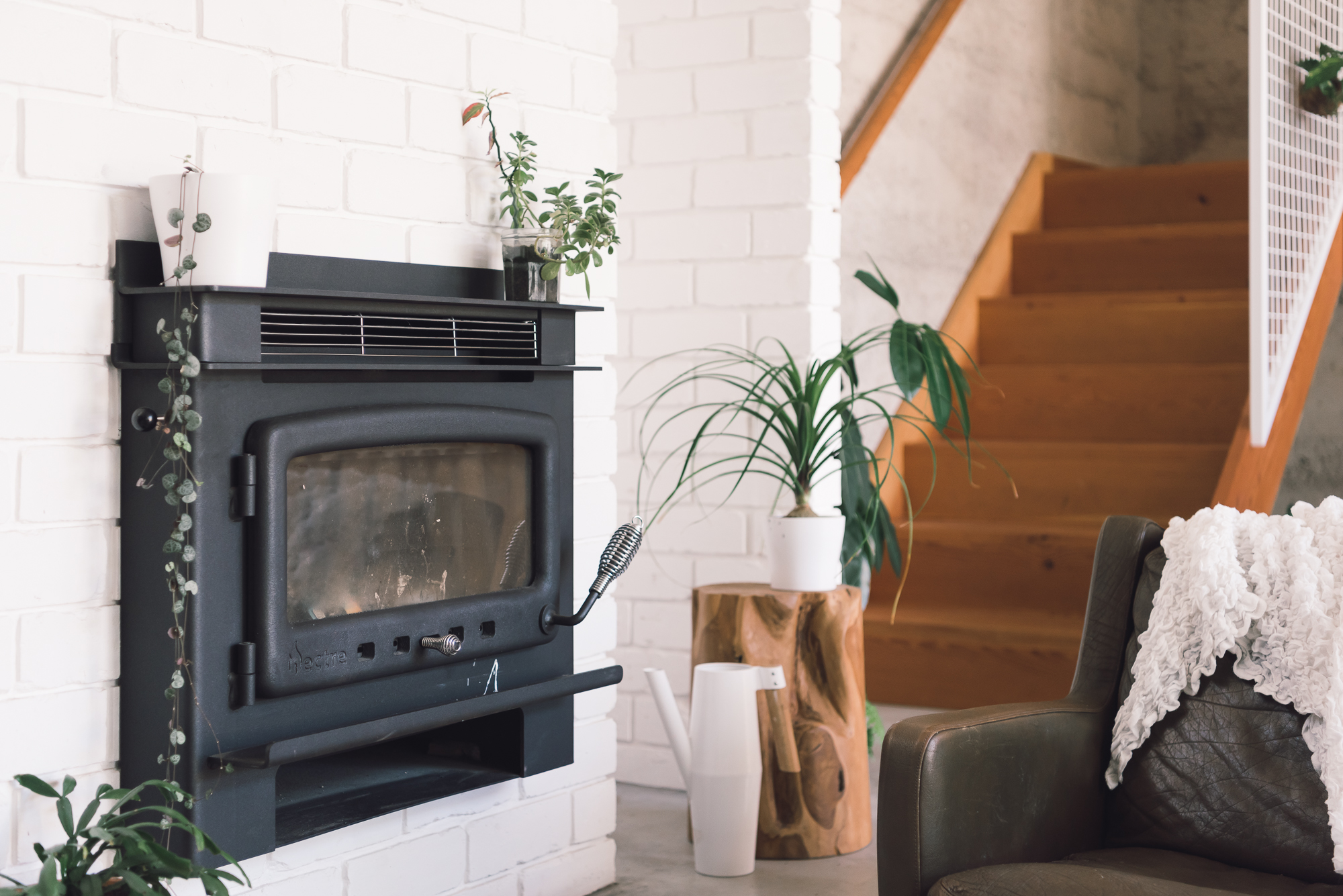
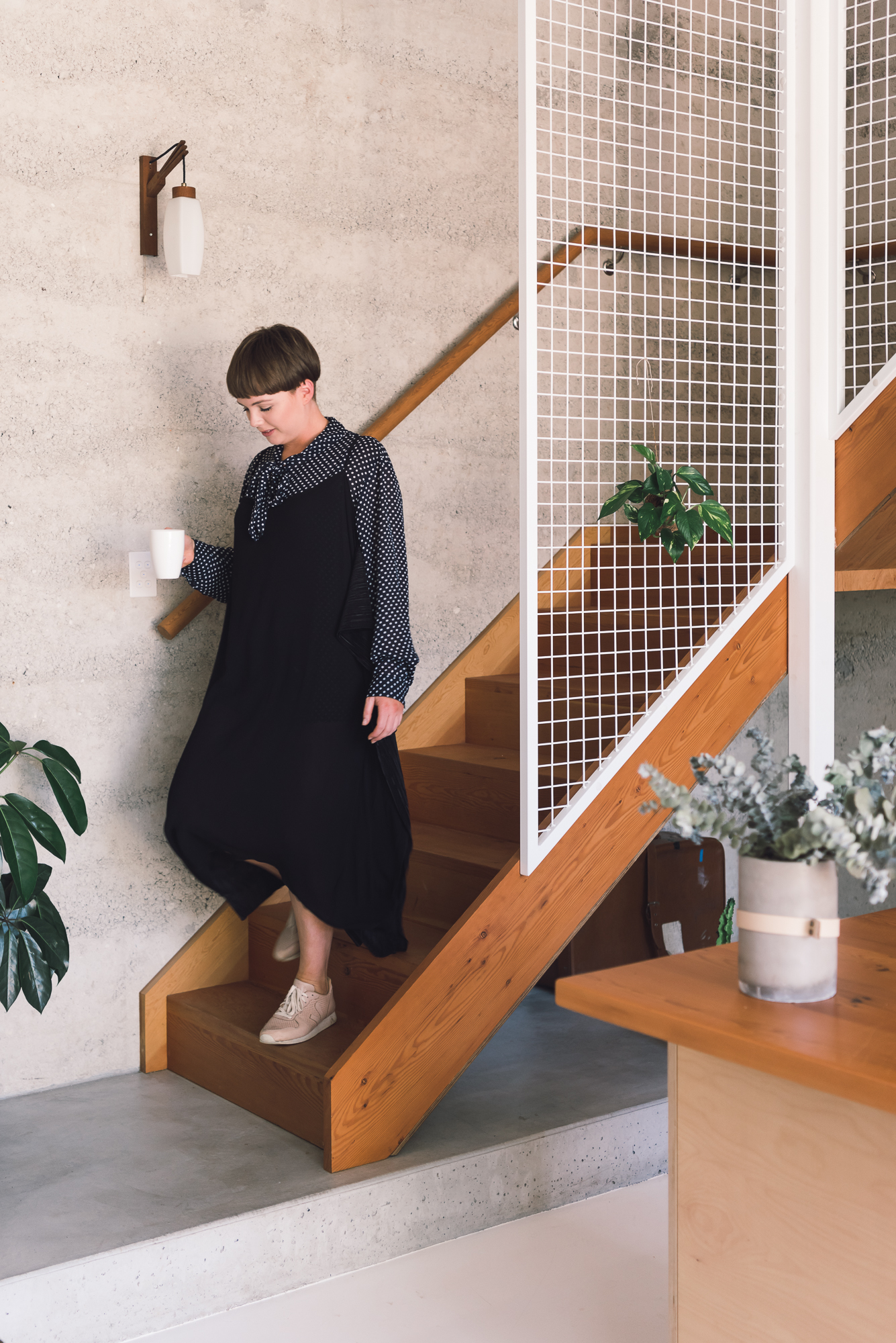
How did you meet your partner Peter?
When I was about 18, my best friend at the time was dating a friend of Peter's. We met one night after I'd heard so much about him and we kissed on the dancefloor. I think I instantly felt attracted to him, there was something really intriguing about his personality and I could tell he was a real gentleman. I think we really connected when we started to travel together and spent time in Margaret River down south. We've been together nearly ten years - we've grown up together and built a life of memories at such a young age. I think we've fought through our differences, which to me is really important! We'll be together forever.
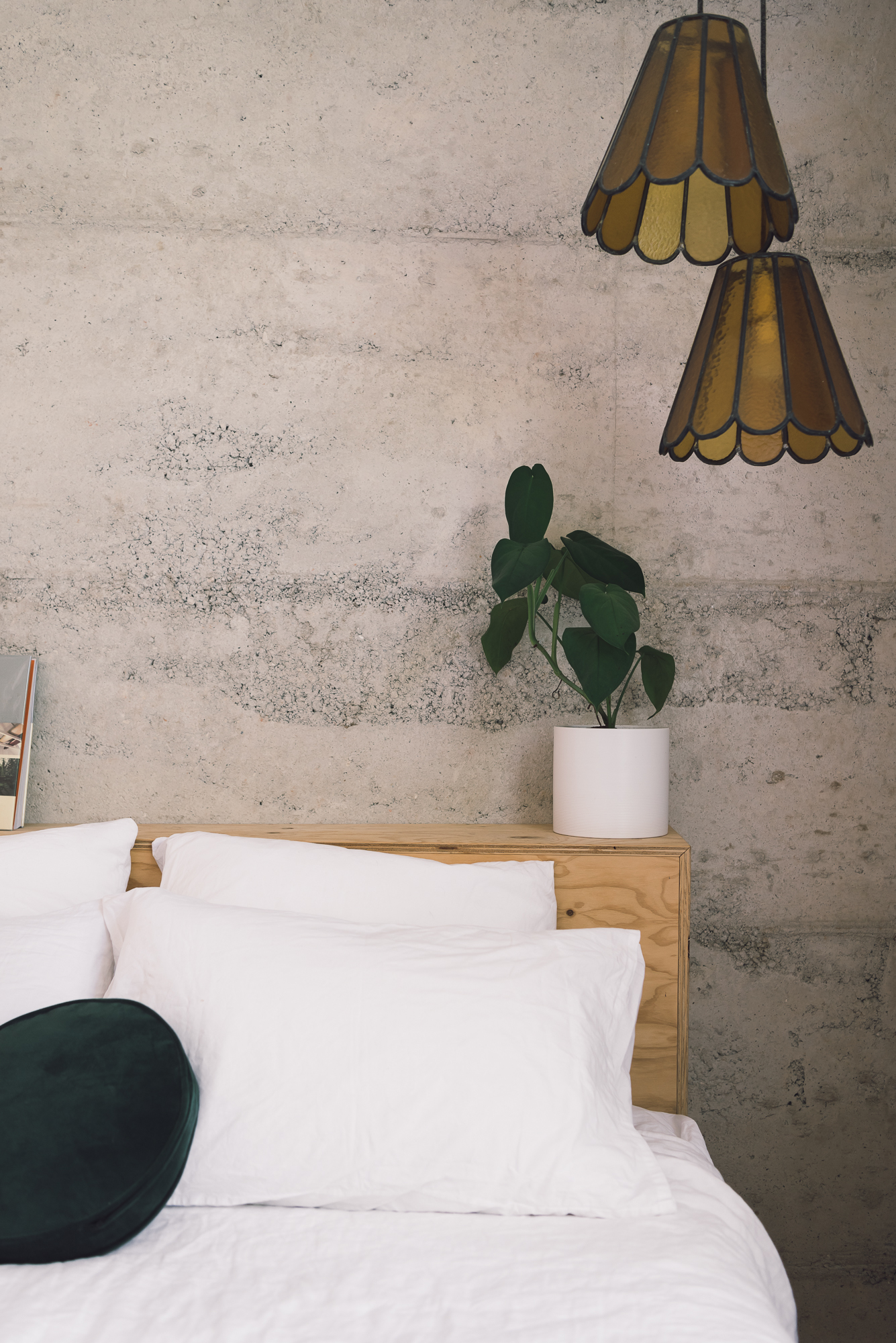
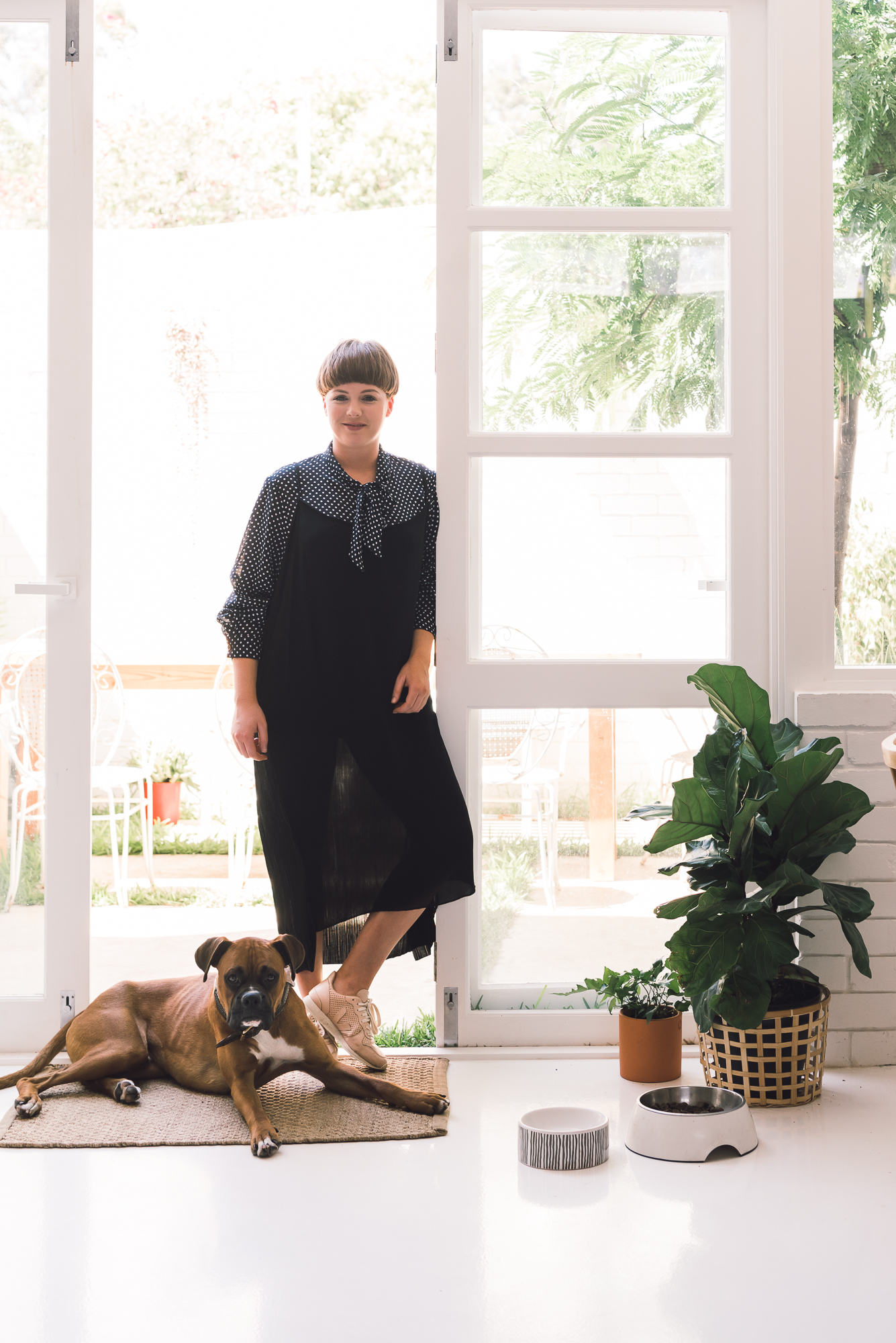
Do you have any morning routines?
I am actually more of a night-time person. Morning for me is when I get my best sleep. If I don't have to get up early, I usually won't. But in saying that, once I'm up, I feel really productive. So I guess in that sense, I'm quite flexible when it comes to mornings. If it's a workday, I'll wake up and get ready straight away, hang out with our dog Henri for a while before heading off to the office. Sometimes I'll blitz a smoothie for a quick breakfast, and I'll almost always stop by at one of my favourite cafes on the way to work for coffee. The morning for me is usually a bit of a rush to be honest. 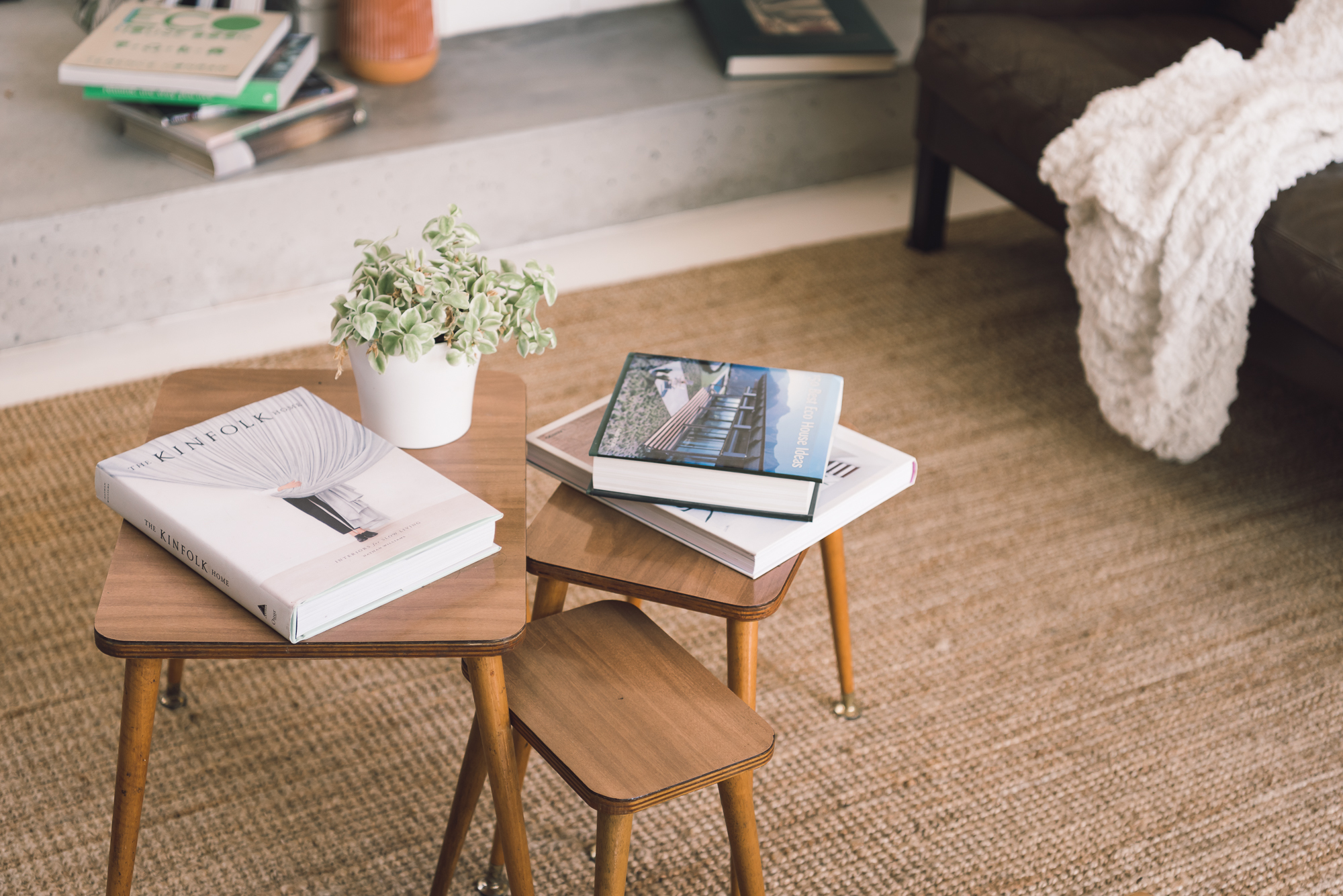 Bedtime routines?
Bedtime routines?
I'm usually awake late at night. Before bedtime and during bed is when I'm thinking and reflecting, planning out my week or my month, researching travel or new things. Somehow the night time for us just passes and before I know it, it's 11pm and I'm often not even in bed. I don't watch a lot of television unless it's a really good show (yes, I was addicted to The Block this year!) Sometimes we even take Henri for a walk at 9 or 10pm at night. I just bought a new novel - Silent Spring by Rachel Carson. I've always wanted to read it, and at the moment I'm feeling slightly guilty for not reading enough. So I'm consciously trying to read more before bed.
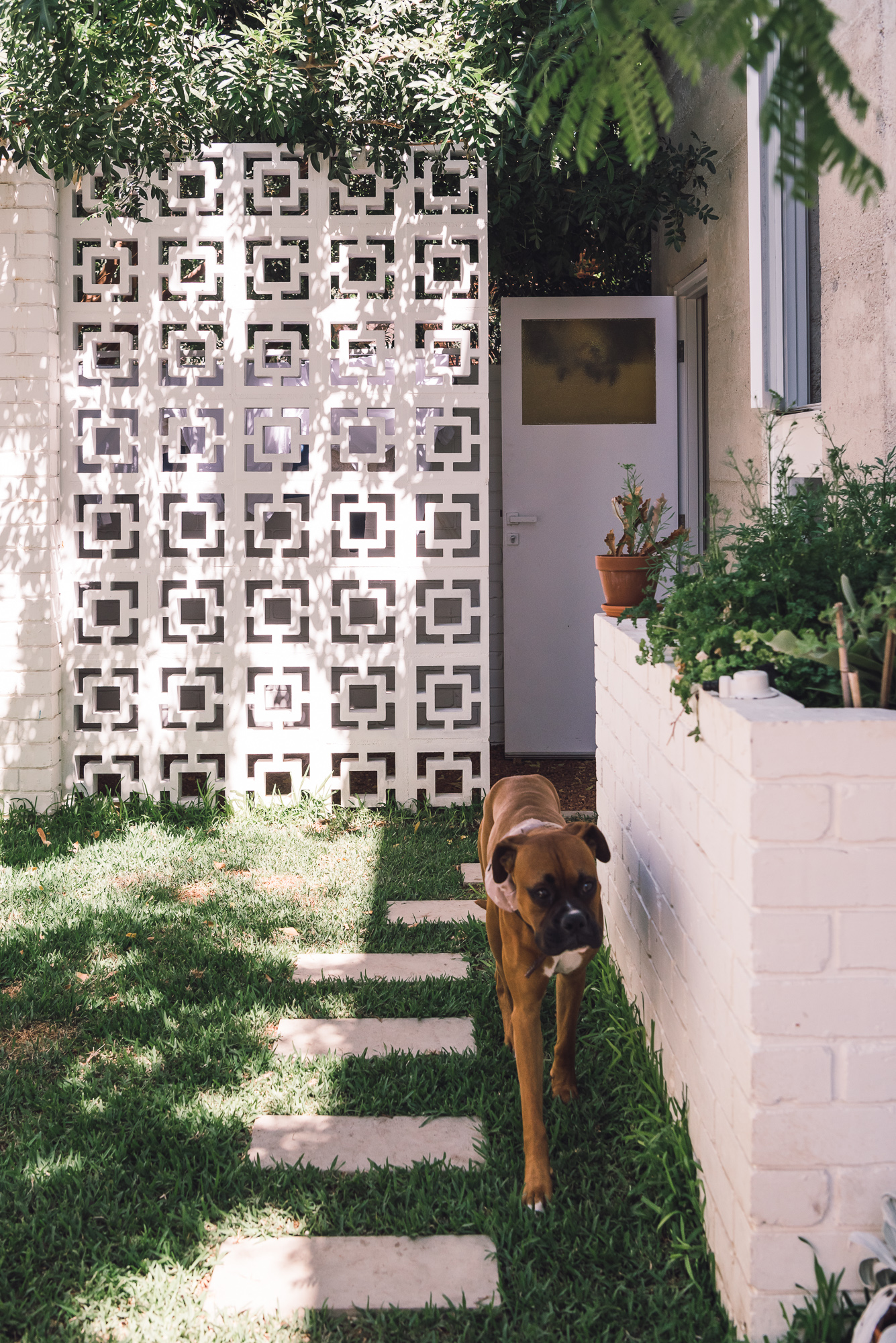

What does your ideal Sunday look like?
My favourite Sundays are those when we're away camping, we wake up surrounding by nature and Pete makes a long black while we sit around a smouldering camp fire from the night before. We often go camping for a simple getaway, so those weekends are always the best. But if I'm in the city, an ideal Sunday would always involve a beautiful brunch with friends or family, a walk with Henri to get a coffee, a visit to a local market and perhaps a bit of gardening. 
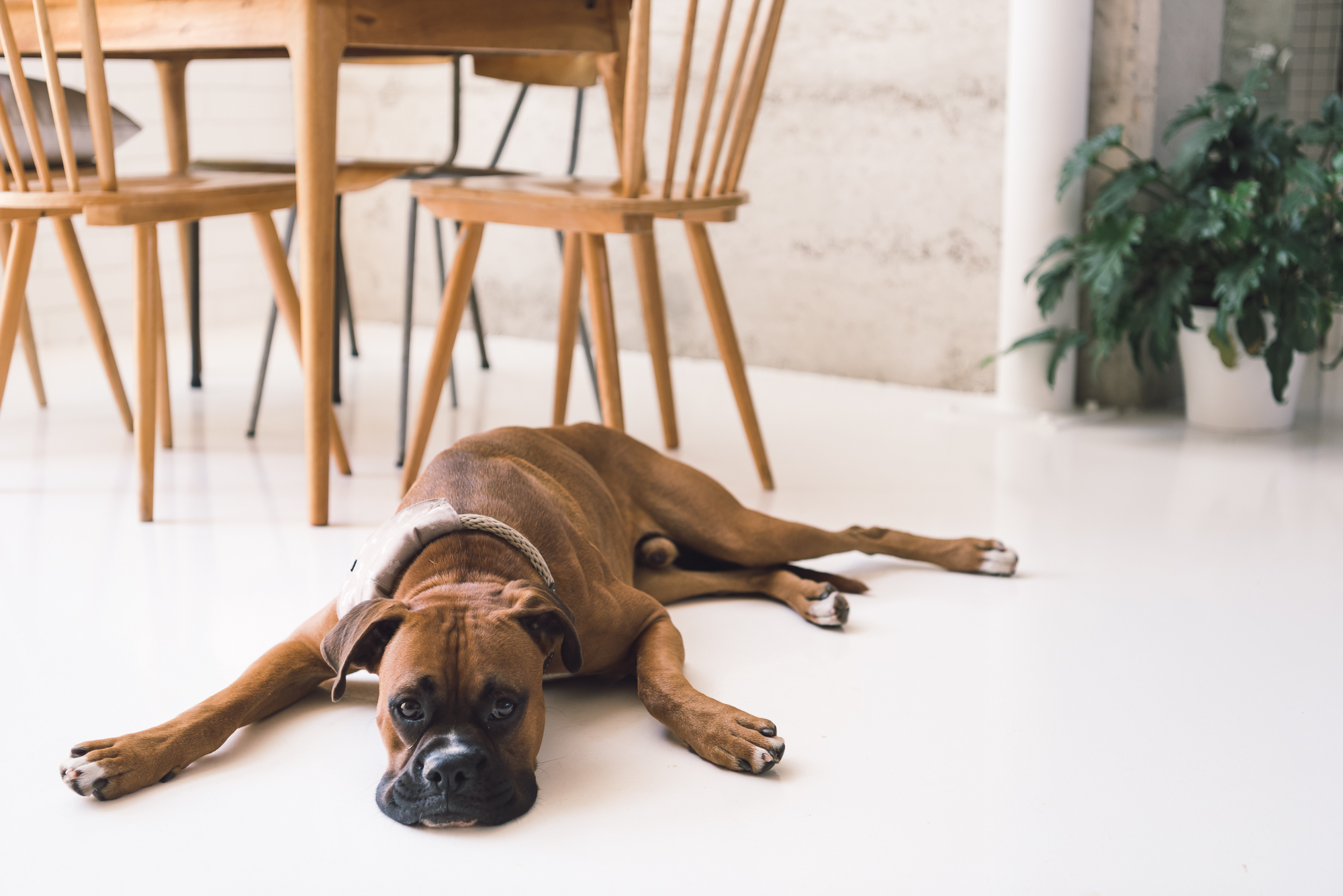 What are you looking forward to?
What are you looking forward to?
At the moment life for me is exciting and somewhat transient. I've been consulting now for three months but some new opportunities are on the horizon for me and for my career. I'm always open to change and new opportunities as it's what keeps me growing and evolving. I'm looking forward to a camping trip to Denmark in early December, but mostly, to a trip we've recently booked to Sri Lanka just after Christmas. We're heading away for three weeks to experience the sun, the surf, the culture and the food, and the architecture. It's always when I'm travelling that I'm ridiculously inspired, where we talk about life in general and what we want out of it, realistic or not! Being immersed into a different culture really gives you perspective as to where you are in the world, and how dynamic it is out there. It was in South America that we made the decision to build our house; what we saw, who we met, where we stayed - it all played a part in pushing us down this path.
